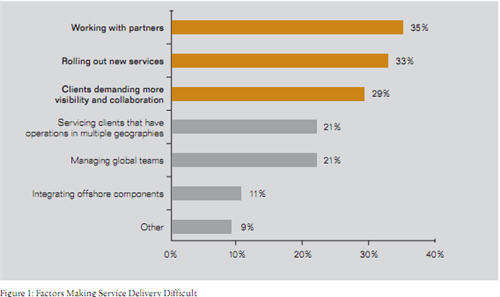Workshop slides: Creating the Future of Professional Services
I am about to hop on a plane to Hawaii, where I will be running the ‘keynote workshop’ on Creating the Future of Professional Services for global accounting network DFK International’s annual North America conference on Maui. While it’s pretty crazy, I will only be there for as long as I spend travelling to Hawaii and back. I just have too much on now, including a lot of other client work and finishing a book very soon. In any case I intend to enjoy my brief sojourn in the sun :-).
As usual I will share my slides, mainly for workshop participants, since the slides are not intended to be used as a stand-alone, but also for anyone else who happens to find value in them.
The original idea was for me to do a keynote, but we soon developed the idea to be a half-day highly participatory session that will go into detail on pressing practical and strategic issues. There are five sections to the workshop, each with a presentation supported by the slides below, and then activities including discussions, case studies, exercises, strategy frameworks, and action plans, which are described in detailed handouts for all participants. The five sections are:
* Driving Forces
* High-Value Client Relationships
* Power of Networks
* Levers of Success
* Leadership
Here are the slides:


